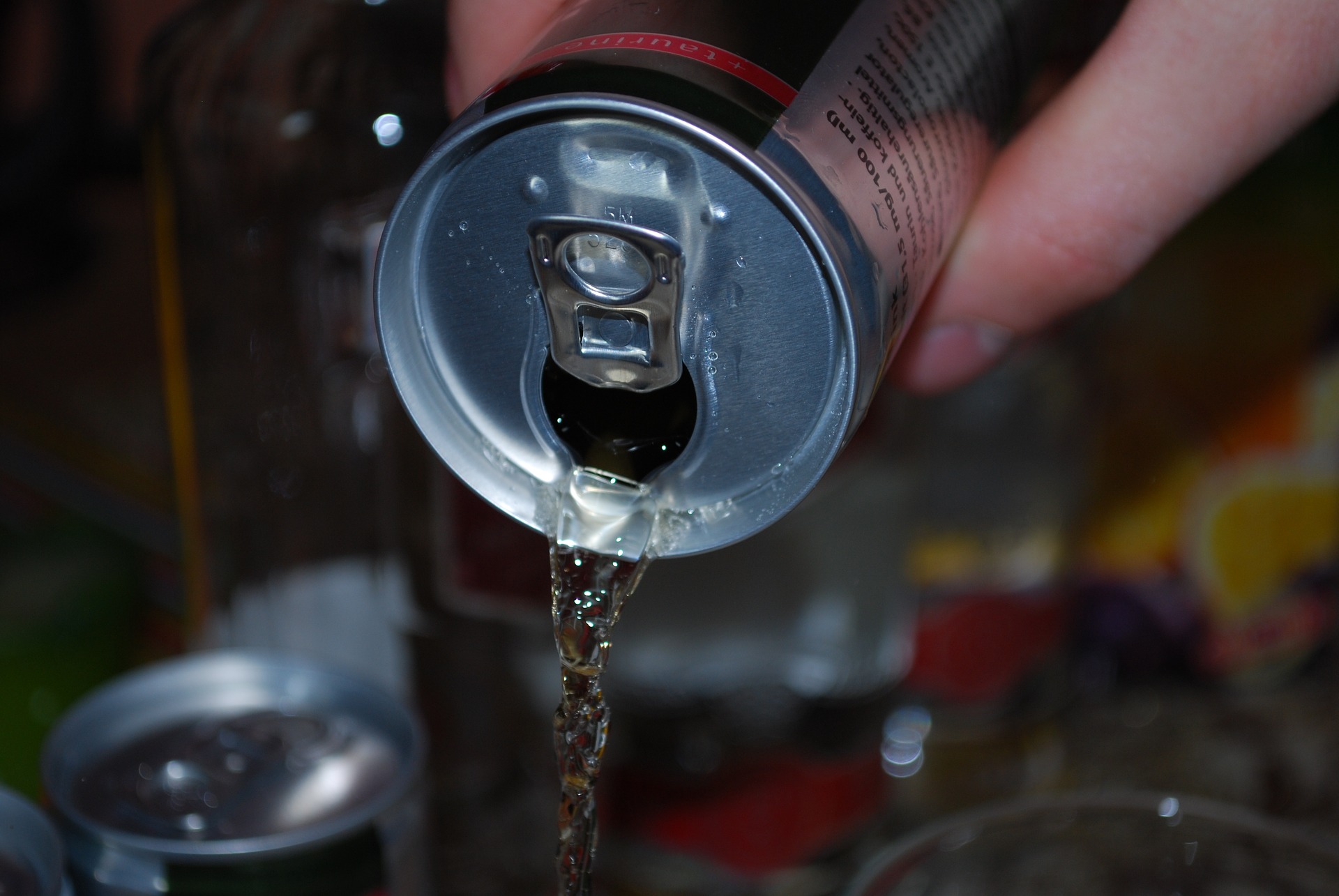The “MUJI” case shows the limitations of the current Chinese trade mark system

Trademark squatting has been a serious issue in China now, especially for foreign companies planning to enter the Chinese market. On November 4th 2019, Beijing Municipal High People's Court issued a second-instance judgment on the “MUJI trademark infringement case”, which rejected the appeal brought forward by the Japanese retail company MUJI and upheld the first instance judgement.
MUJI (無印良品) is a famous Japanese retail company founded in the 1980s, selling a wide variety of household and consumer goods. When entering mainland China in 1999, it registered its brand name “MUJI” and “無印良品” in almost all goods and services its business covered in China, except for Class 24 which includes fabrics and fabric covers for household use. In 2000, a Chinese company named Hainan Nanhua registered “无印良品” ( the “disputed trademark”) for Class 24 and transferred the trademark ownership to Beijing Cottonfield Textile Corporation. From the perspective of the average consumer in China, the marks “无印良品”and “無印良品” can be deemed identical.
It is worth noting that when Hainan Nanhua Company registered the disputed trademark in 2001, the Japanese MUJI company had not operated its business targeting mainland China consumers but it has been collaborating with some original equipment manufacturers (“OEM”) in China for producing goods bearing the similar mark(“無印良品”) solely for exportation.
Preemptive registration
MUJI, the right holder of the Japanese MUJI mark, filed an opposition against the “disputed trademark” application before the Trademark Review and Adjudication Board (TRAB). It relied on Article 31 of Chinese Trademark Law (2001), which prohibits preemptive registration of other’s trademark already used and having certain influence in China. The applicable elements for evaluating such preemptive registration are that (1) the original trademark has been used and had certain influence before the date of application of the disputed trademark; (2) the disputed trademark is identical or similar to the original trademark; (3) the goods or services designated by the disputed trademark are identical or similar to the goods or services designated by the original trademark; and (4) the applicant of the disputed trademark acts in bad faith.
The opposition filed by MUJI was dismissed by TRAB, and also in appeal in first and second instance and before the Supreme People’s Court held to be unfounded. The Supreme People's Court held that Hainan Nanhua Company’s behavior did not constitute a preemptive registration of the original trademark because the Japanese MUJI failed to prove it had used the trademark “無印良品” in Class 24 before the disputed trademark’s application date. The Court opined that the right of a trademark only extends to its use in commerce in the registered class, which was not apparent in this case.
Unfair competition and trademark infringement
Consequently, the Japanese MUJI has initiated a series of proceedings on the basis of unfair competition and infringement of its trademarks that have been registered for other classes of goods and services. All the cases were ruled in While Japanese MUJI’s was successful against Beijing Cottonfield Textile Corp in these cases, it faced counterclaims by Beijing Cottonfield Textile Corp in other proceedings on the basis of trademark infringement by Japanese MUJI of its “无印良品” trademarks in Class 24. On November 4th 2019, Beijing Municipal High People's Court found that Japanese MUJI was liable for trademark infringement and had to pay CNY 500,000 damages and apologize to the Chinese firm. What rests Japanese MUJI is the use of its English characters "MUJI" trademark in class 24
Consequence of MUJI case
This case shows the difficulty of the current trademark system especially for a company with a variety of goods and services. Since trademark protection is based on the Nice class(es) applied for, leaving classes unprotected can lead to other companies filing the same mark for the missing classes. A company could, of course, register the trademark for all classes. But since “non-use” of a mark is ground for revocation of TMs in many jurisdictions, e.g., 3 years in China (see article 44(4)), a company exposes itself to revocation of its mark in those classes in which the mark is not actually used. This, however, may be the lesser evil in a system that does not seem to adequately address the interests of companies to expand their activities to more goods and services.
Written by Hainan Jiang and Tomoki Shizuno, IPKM students 2019-2020, Faculty of Law Maastricht.
| More blogs on Law Blogs Maastricht |
Other blogs:
Also read
-
Recently, the General Court in the HELL coffee case has confirmed that a descriptive foreign language term (German word HELL) can be granted protection under EU trade mark law (Hell Energy v. EUIPO, T-323/20).
-
Geographical indications (hereinafter GIs) are signs used to safeguard the existence of a link between a product and its place of origin, focusing on quality and tradition.
-
The music industry is currently on a peak mainly because of the huge boost of on-demand streaming. How did such a service manage to increase global music revenue on such a fast path? What were the circumstances facilitating its implementation?


